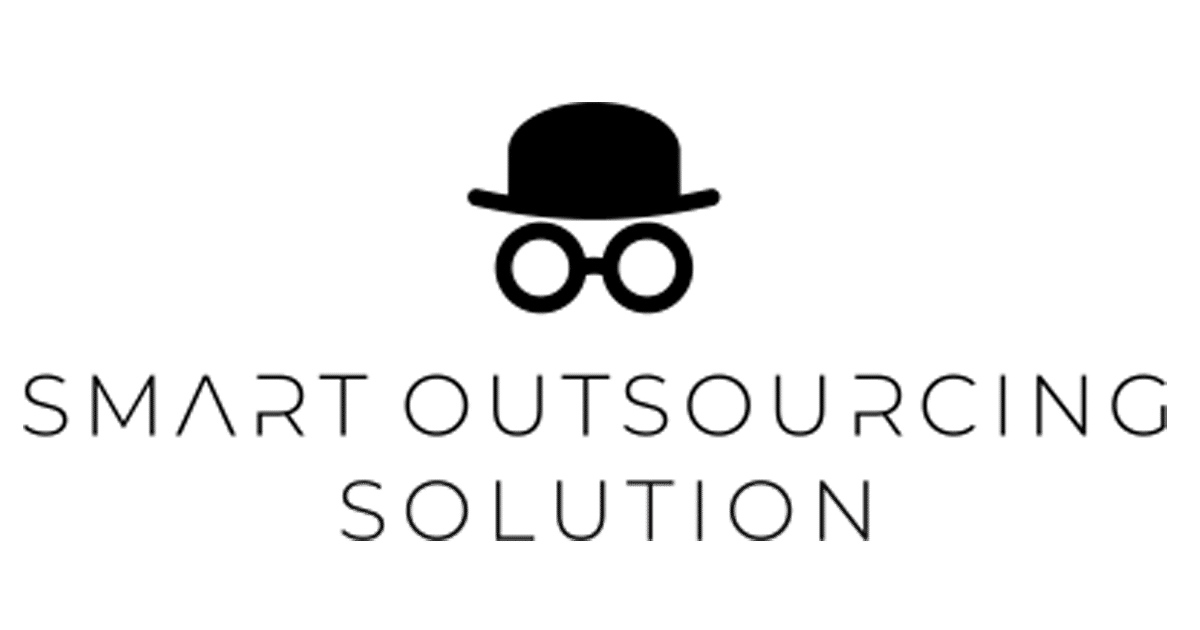Data Annotation Buyer’s Guide for CV, NLP, Audio & ADAS Video (2025)
TL;DR
- Prioritize vendors that commit to task-level accuracy targets (e.g., bbox IoU thresholds, per-label F1 for NER) and provide tiered QA (consensus, gold checks, adjudication).
- Enforce security: ISO 27001 and/or SOC 2 (Type II preferred), SSO/SAML, audit logs, data residency, least-privilege access.
- For audio, insist on diarization quality (DER targets) and multilingual coverage; for video/ADAS, require frame-level QA and tracking ID policies.
- Budget with a clear unit × QA tier × rework model; run a 1–2k-asset pilot to lock metrics before scaling.
- Standardize RFPs and pilots so quotes are comparable; normalize everything to per-unit costs and SLA/TAT.
Updated: September 15, 2025
Author: Martin English
Which data annotation vendors are best for computer vision (CV) and NLP?
“Best” depends on your modality, languages, security bar, and timeline. A credible short-list shares these traits:
- Accuracy commitments in writing (e.g., bbox IoU ≥0.5–0.75 per class; per-label F1 for NER).
- Tiered QA: consensus/majority vote, seeded gold questions, expert adjudication, and rework SLAs.
- Operational readiness: daily throughput targets, reviewer-to-annotator ratios, real-time dashboards.
- Security: ISO 27001 and/or SOC 2 (Type II), SSO/SAML, encryption at rest/in transit, auditable trails.
- Interoperability: export formats (COCO, YOLO, JSONL), APIs/webhooks, cloud storage connectors.
How to run a decisive pilot
1–2 weeks, 1–2k samples, a fixed ontology, and pre-agreed acceptance criteria. Capture: acceptance after QA, rework rate, reviewer minutes per asset, and defect taxonomy (critical/major/minor). Ship a single pilot pack to all vendors to keep comparisons fair.
How do image annotation tools compare (bbox, polygon, keypoints)?
The tooling stack drives speed and quality more than people assume. Look for:
- Native tools: bbox, polygon, polyline, keypoints, attributes; hierarchical ontology; hotkeys; class templates.
- QA mechanics: second-pass reviews, consensus consolidation, disagreement queues, gold seeding.
- Productivity features: bulk ops, auto-propagation across frames, model-assisted pre-labels, conflict heatmaps.
- Integrations: API/webhooks; S3/GCS/Azure; issue sync (e.g., Jira); role-based access control.
Mini-matrix (illustrative, replace with your scoring later)
| Criterion | Why it matters | What “good” looks like |
| Tooling breadth | Speed + fit to task | Bbox/polygon/keypoints + attributes + hotkeys |
| QA modes | Effective accuracy | Consensus + golds + adjudication |
| Review UX | Lower rework | Side-by-side diffs, comment threads, shortcuts |
| Integrations | Ops flow | Storage connectors, API, event webhooks |
| Ontology mgmt | Consistency | Versioned schemas, change logs |
What does “accuracy target” really mean—and what’s a fair cost per 1k images?
Define acceptance per class/attribute (e.g., IoU threshold for bbox, pixel tolerance for keypoints). Measure post-QA. Include a rework cap (e.g., >2% critical errors triggers vendor re-labeling at their cost).
Pricing skeleton
- Unit price = base task rate × QA multiplier
- L1 (spot-check) ≈ ×1.0
- L2 (consensus + reviewer) ≈ ×1.2–1.5
- L3 (gold-heavy + adjudication) ≈ ×1.6–2.0
- Per 1k images = unit price × 1,000 × (1 + rework %)
- Drivers: object density, class ambiguity, occlusion/motion blur, and tool automation (pre-labels).
Tip: Ask vendors to price the same pilot pack and disclose their QA multipliers and assumed rework.
What security & compliance should you require (ISO 27001, SOC 2, PII handling)?
- ISO/IEC 27001: verifies an ISMS (policies, risk management, continuous improvement). Request the certificate, Statement of Applicability, and scope (hosting, endpoints, locations).
- SOC 2 (Type II): independent attestation of controls over Security/Availability/Processing Integrity/Confidentiality/Privacy. Ask for an in-period report and understand sub-service carve-outs.
- Controls to insist on: SSO/SAML, role-based access, per-action audit logs, VPC/VNet peering, IP allowlists, data-retention limits, region-locked storage, least-privilege service accounts.
Who supports multilingual audio annotation & diarization with QA tiers?
For ASR and analytics, require:
- Language coverage (variants and dialects) and native reviewers.
- Diarization quality targets (DER), overlap policies, speaker change thresholds, and confusion matrices.
- QA structure: dual-pass review on hard clips; gold seeding per language; random spot-checks.
- Artifacts: per-language WER/CER and DER reports, plus sample transcripts with labeled speaker turns.
Who’s credible for video annotation in ADAS/AV with frame-level QA?
Safety-adjacent work needs stricter policies:
- Frame-level QA on tracking IDs, bbox/segmentation quality, and events (lane changes, pedestrian proximity).
- Sampling: e.g., 1% of frames at L3 QA, targeted sampling of motion-blur/occlusion scenarios.
- Guidelines: occlusion rules, lost-and-found IDs, camera intrinsics, and weather/lighting edge-cases.
- Tooling: interpolation, track management, auto-propagation, and per-frame audit logs.
What should you ask for in NER/relation/sentiment projects (esp. multilingual)?
- Schema clarity: entity boundaries, nested/overlapping entities, relation directionality, sentiment scales.
- Per-label metrics: precision/recall/F1 per entity and relation; dispute taxonomy with examples.
- Multilingual QC: native reviewers; locale-specific guidelines (honorifics, code-switching, transliteration).
- Drift control: versioned guidelines and pre-/post-release spot checks on fresh samples.
How to evaluate vendors for 20+ languages and local nuance?
Score on:
- Native capacity (annotators + reviewers) per locale; surge plans; time-zone coverage.
- Cultural nuance: idioms, named entities, spelling variants; locale-specific redaction/PII rules.
- Quality evidence: per-locale gold sets, calibration sessions, confusion matrices; retraining cadence.
- Program ops: single PM across locales, unified ontology, consistent QA math, and shared dashboards.
How to budget: pricing units, throughput, and QA multipliers
- Define units (images, frames, minutes of audio, tokens/spans).
- Choose QA tier (L1–L3) and estimate rework % from the pilot.
- Model throughput (units/day) and TAT by vendor.
- Include hidden costs: onboarding time, ontology iteration, re-runs after model changes, storage/egress.
Example, images (illustrative)
- Base: $0.08/image, L2 QA ×1.3 → $0.104/image
- Rework: 5% → effective $0.1092/image
- Per 1k: ~$109.20 (before taxes/fees).
Replace with your actual quotes after pilots.
RFP/Pilot checklist (copy/paste into your doc)
- Project scope, ontology v1, asset samples, edge-cases.
- Security: ISO 27001/SOC 2 evidence, SSO/SAML, audit logs, data residency.
- QA: consensus config, gold frequency, reviewer rules, rework cap, acceptance criteria.
- Metrics to return: acceptance %, per-label F1/IoU, rework %, reviewer minutes/asset, TAT, throughput.
- Deliverables: exports (COCO/YOLO/JSONL), API creds, dashboard access, weekly summary.
Ready to choose a vendor? Run this standardized pilot
Run a standardized 1–2 week pilot with 2–3 vendors using the same pack, guidelines, and acceptance math. Normalize results and choose based on operational accuracy, security, throughput, and total cost under your target QA tier.
Short answers to big decisions (NER, ADAS, diarization, ISO/SOC 2)
1) What’s the minimum security bar I should accept?
ISO 27001 certification (with scope relevant to your workload) and a current SOC 2 Type II report. Add SSO/SAML, role-based access, audit logs, data retention controls, and region-locked storage. Ask for redacted evidence under NDA.
2) How does consensus QA differ from reviewer QA?
Consensus aggregates multiple independent labels (e.g., majority vote), which reduces random errors. Reviewer QA is expert adjudication of disagreements or high-risk assets. Most mature pipelines combine both and add gold questions.
3) What’s a reasonable accuracy target for bbox?
Define IoU thresholds per class (e.g., 0.5 for simple objects, higher for safety-critical). Set critical/major/minor error definitions and measure accuracy post-QA. Include a rework trigger (e.g., >2% critical errors).
4) How do I compare pricing across vendors fairly?
Send the same pilot pack and ontology to all vendors. Ask them to disclose QA tier multipliers and assumed rework. Normalize everything to per-unit pricing and add a column for effective cost after rework.
5) What turnaround time (TAT) can I expect?
Thousands to tens-of-thousands of images/day at L1–L2 are common for mature vendors. Audio/video depends on duration and review density. Use pilots to calibrate; raise QA tier for high-risk work.
6) How should I handle multilingual NLP quality?
Use native reviewers per locale, with locale-specific guidelines and gold questions. Track per-label F1 and confusion matrices by language; expect lower baselines in low-resource languages and plan iterations.
7) What’s diarization and why does it matter for audio?
Diarization answers “who spoke when.” Better diarization (lower DER) improves ASR training and analytics. Include DER targets, overlap policies, and confusion matrices in your SOW.
8) Why is frame-level QA important in ADAS/AV?
Mis-tracked IDs and missed events compound over sequences. Frame-level sampling (e.g., 1% at L3) plus stress-testing on occlusion/motion-blur segments keeps risk in check.
9) How do I prevent taxonomy drift over time?
Version your ontology, record changes, run calibration sessions, and spot-check fresh samples after releases. Treat guideline changes as a controlled process with approvers and release notes.
10) What metrics should be on my weekly dashboard?
Acceptance after QA, rework %, reviewer minutes/asset, per-label F1/IoU, TAT vs SLA, throughput, and defect taxonomy. Trend them week-over-week and annotate changes (model updates, new classes).



